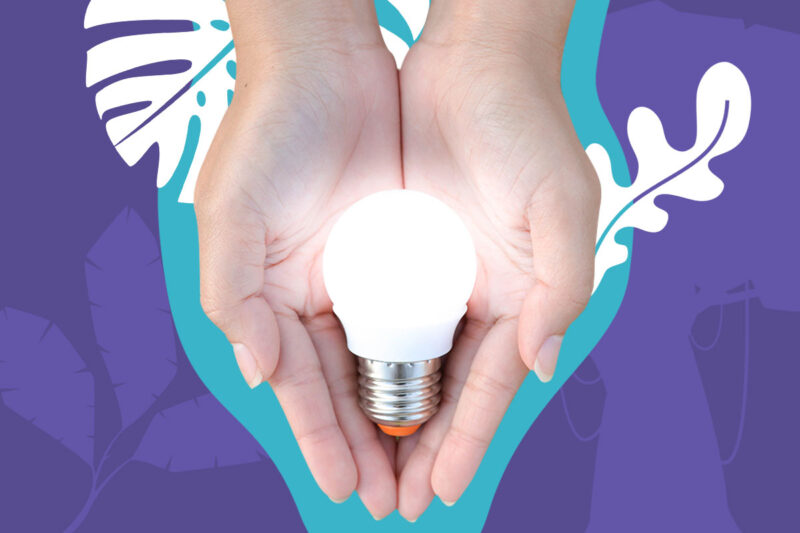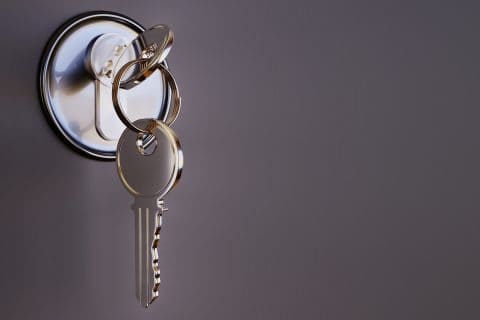LED light strips have become popular for various applications, including home and commercial lighting, decorative purposes, and accent lighting. However, concerns have been raised about the potential effects of LED light on eye health. Let’s explore these concerns and the potential effects of LED light strips on eye health:
1. Blue Light Emission:
- Concern: LEDs emit a higher proportion of blue light compared to traditional incandescent bulbs.
- Impact: Prolonged exposure to blue light, especially before bedtime, can disrupt sleep patterns and circadian rhythms. It may also contribute to digital eye strain, causing symptoms like dry eyes, headaches, and blurred vision.
2. Brightness and Glare:
- Concern: LED light strips can be very bright, leading to glare and discomfort.
- Impact: Excessive brightness and glare can cause eye fatigue and discomfort, making it harder to focus on tasks or relax in a well-lit environment.
3. Flicker Effect:
- Concern: Some LED light strips can flicker at a high frequency, which might not be perceptible to the naked eye but can still affect vision.
- Impact: Flickering lights can cause headaches and eye strain, especially for individuals who are sensitive to such stimuli.
4. Quality of Light:
- Concern: Poor quality LEDs might not emit light evenly, leading to uneven lighting conditions.
- Impact: Uneven lighting can create shadows and contrast disparities, causing eye strain when moving between illuminated and non-illuminated areas.
5. Pre-existing Eye Conditions:
- Concern: Individuals with certain eye conditions, such as macular degeneration or cataracts, might be more sensitive to certain wavelengths of light.
- Impact: High-intensity LED light, especially blue light, could exacerbate symptoms in individuals with these conditions.
6. Mitigating Measures:
- Consideration: Many modern LED light strips come with features like adjustable brightness and color temperature.
- Solution: Choosing LED strips with adjustable settings allows users to reduce brightness and minimize blue light emission, thereby reducing the potential negative effects on eye health.
7. Regulatory Standards:
- Consideration: Regulatory bodies often set standards for LED lighting to ensure they are safe for human use.
- Solution: Purchasing LED light strips that comply with established safety standards can mitigate potential risks to eye health.
Conclusion:
While LED light strips offer versatility and energy efficiency, it’s essential to be mindful of their potential impact on eye health. By choosing high-quality LED products, adjusting brightness and color temperature settings, and being aware of individual sensitivities, the negative effects on eye health can be minimized. As research continues in this area, staying informed about best practices for using LED lighting can contribute to maintaining good eye health in the long term.





